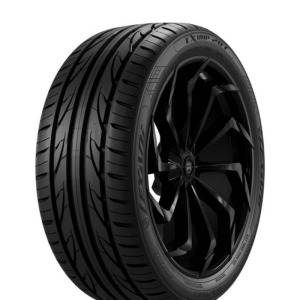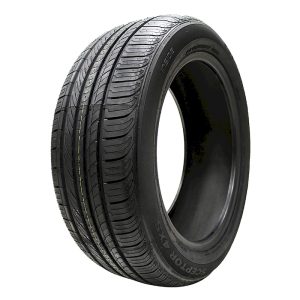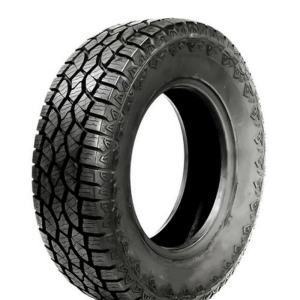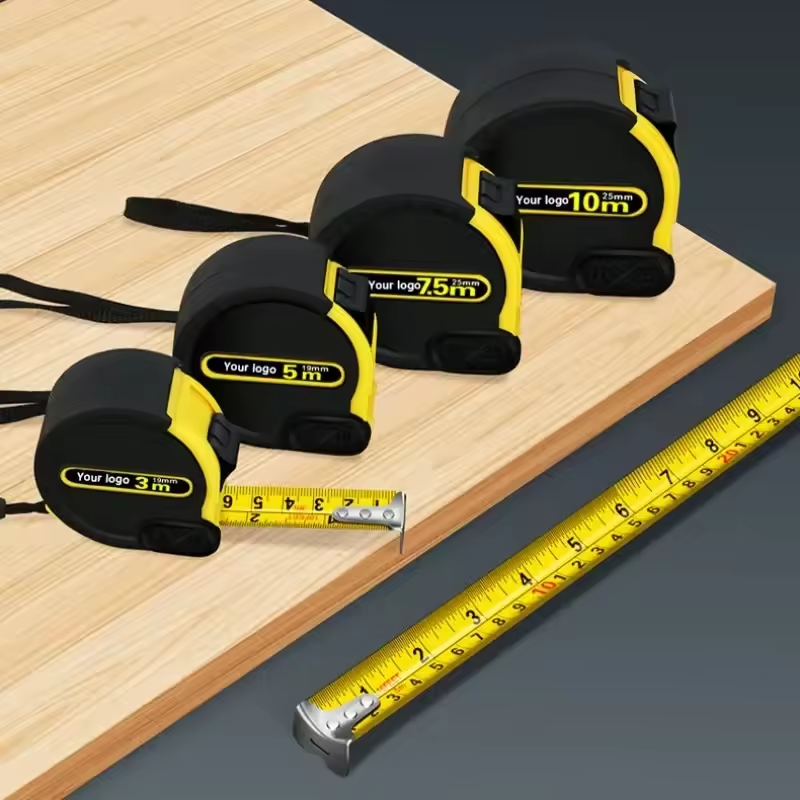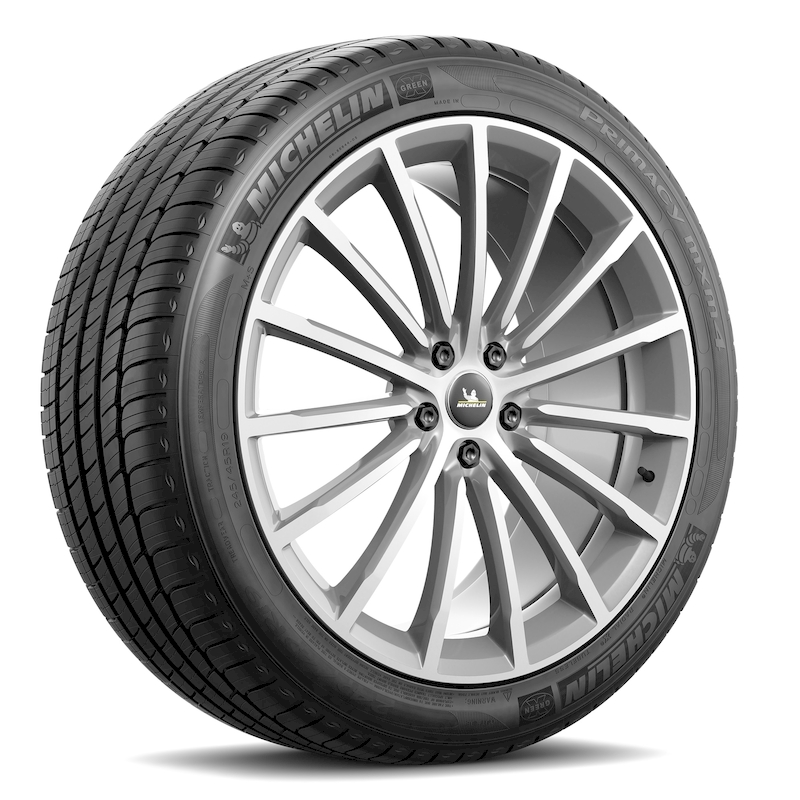
Understanding tire ratings is essential for every vehicle owner. If you’ve ever glanced at your tires, you may have come across the abbreviation “UTQG.” Many people wonder what does UTQG mean on tires and why it is important. UTQG stands for Uniform Tire Quality Grading, and it is a system created by the U.S. National Highway Traffic Safety Administration (NHTSA). This grading provides information about a tire’s treadwear, traction, and temperature resistance. Knowing how to interpret these ratings can help you make informed decisions about tire performance and safety. In this article, we will explore the meaning of UTQG in detail, discuss its components, and provide insights on how to select the best tires for your needs based on these ratings. Whether you’re navigating urban traffic, enjoying a ride in nature’s playground, or just trying to find affordable options, understanding UTQG can enhance your driving experience.
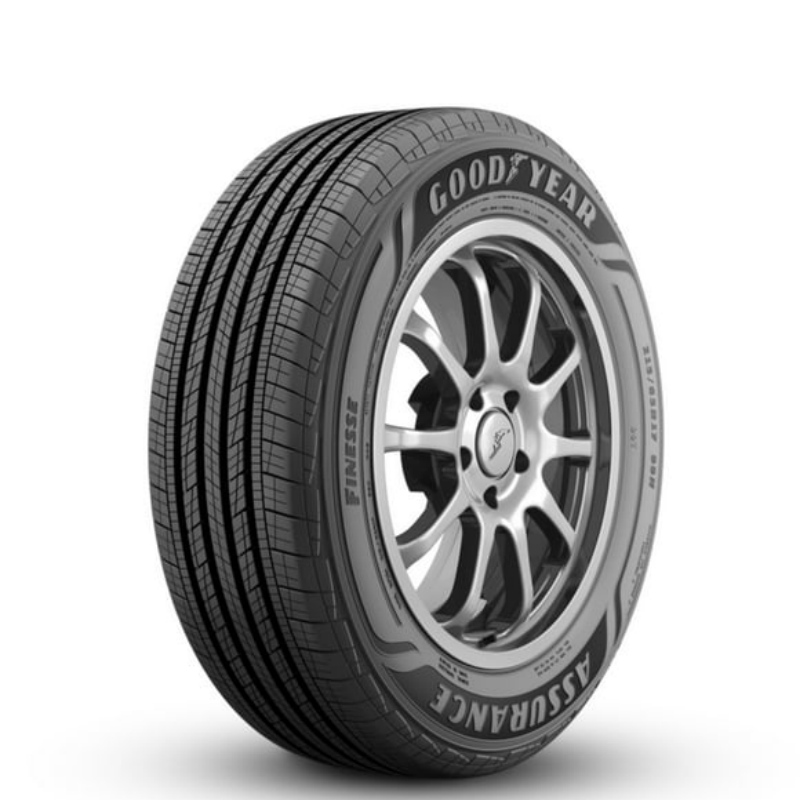
The Importance of Tire Quality Grading
The UTQG rating is critical for both safety and performance. It offers a standardized way for consumers to compare tire quality, which can be particularly helpful when shopping for new tires. Here are some reasons why UTQG is important:
- Informed Decisions: Understanding the grading helps you choose tires that meet your driving needs. If you’re often riding in urban environments or going off-road, you can select tires with specific performance characteristics.
- Safety Assurance: Rating components such as traction and temperature can significantly affect how a tire performs under various conditions. Being aware of these ratings can help avoid tire-related accidents.
- Cost Efficiency: Knowing what UTQG means on tires can prevent you from spending money on tires that may not suit your driving style. You can select options that are affordable and perform well over time.
- Maintenance Awareness: Understanding the treadwear grade can help you gauge how long a tire may last, prompting you to monitor tire health and maintain optimum conditions to prolong tire life.
With the complexities of choosing the right tires, UTQG can be a valuable resource in making informed choices, thereby enhancing both safety and performance.
Breaking Down the UTQG System
The UTQG grading system consists of three main components: treadwear, traction, and temperature. Each component provides specific insights into tire performance.
Treadwear Rating
The treadwear rating indicates the expected durability of a tire. It is scored on a scale based on a specific control tire’s performance, which is assigned a baseline rating of 100.
- Higher Numbers Indicate Longevity: If a tire has a treadwear rating of 400, it should last roughly four times longer than the control tire. However, this is a general estimate and can vary based on driving habits and conditions.
- Driving Impact: Factors such as aggressive driving and frequent stops can decrease a tire’s lifespan, no matter its treadwear rating. It’s crucial to factor in personal driving habits when interpreting this grade.
Traction Rating
The traction rating classifies a tire’s ability to stop on wet pavement. This is done using grades from AA to C.
- AA Rating: This indicates the best performance in wet conditions, while a C rating (the lowest) signifies acceptable performance.
- Weather Consideration: For those living in urban areas with rainy conditions, opting for tires with higher traction ratings can make a difference in safety.

Temperature Rating
The temperature rating assesses a tire’s ability to dissipate heat at high speeds. Like the traction rating, it also uses grades: A, B, and C.
- Benefits of a Higher Grade: An A rating indicates that a tire can maintain performance at high speeds and temperatures. This rating is essential for speed enthusiasts and those who enjoy fast driving.
- Impact on Driving Comfort: Tires that run cooler tend to enhance the driving experience, especially during long journeys at high speeds.
Together, these three ratings provide a comprehensive view of a tire’s quality and suitability for various driving conditions.
How to Read the UTQG Information on Your Tires
When examining the UTQG information on your tires, you will find the designation often printed on the sidewall. The grading might appear as follows: “UTQG 400 A A.” Here’s how to interpret each element:
- 400: This number represents the treadwear rating, indicating durability. A higher number signifies increased lifespan compared to the control tire.
- A: This letter indicates the traction rating. A higher letter grade (like AA) shows better performance in wet conditions.
- A: This is the temperature rating. Similar to traction, a higher letter here indicates better heat dissipation and performance at higher speeds.
By understanding how to read this information, you can make educated choices while selecting tires that align with your needs.
Choosing the Right Tires Based on UTQG Ratings
Selecting the right tires involves analyzing the UTQG ratings in context to your typical driving conditions. Here are some considerations to keep in mind when making your selection:
- Driving Environment: If you often navigate busy urban roads, consider tires with a high traction rating to handle wet conditions. If your drives involve nature’s playground with off-road riding, look for tires with robust tread patterns designed for rugged terrain.
- Driving Style: For speed enthusiasts who enjoy fast riding, consider tires with higher temperature ratings. Heat dissipation becomes vital for maintaining safety and performance during high-speed travel.
- Budget: While affordability is essential, prioritize safety. A cheap tire may save you money initially but could lead to unnecessary expenses if it performs poorly or doesn’t last long. Balance cost with quality for the best value.
- Research Product Reviews: Before purchasing tires, read reviews and customer experiences regarding specific models. These insights often provide valuable information about real-world performance beyond what the UTQG ratings may indicate.
These factors are vital in ensuring that you choose tires that not only fit your budget but also enhance your overall driving experience.
The Importance of Regular Tire Maintenance
Understanding what does UTQG mean on tires is just one piece of the puzzle. Regular tire maintenance is key to maximizing safety and performance. Here are some tips to keep your tires in excellent condition:
- Regular Inspections: Periodically check your tires for wear and tear. Look for uneven wear patterns, bulges, or signs of damage.
- Proper Inflation: Maintaining the correct tire pressure improves gas mileage and enhances vehicle handling. Use a pressure gauge to check regularly, especially in fast-riding scenarios.
- Rotation and Alignment: Rotating your tires ensures even wear over time. Proper alignment will keep your vehicle driving straight and improve overall tire lifespan.
- Tread Depth Checks: Monitor the tread depth using the “penny test.” Insert a penny into the tread. If you can see all of Lincoln’s head, it’s time to replace your tires.
Taking these steps will improve the longevity and performance of your tires, keeping you safe while enjoying your rides.
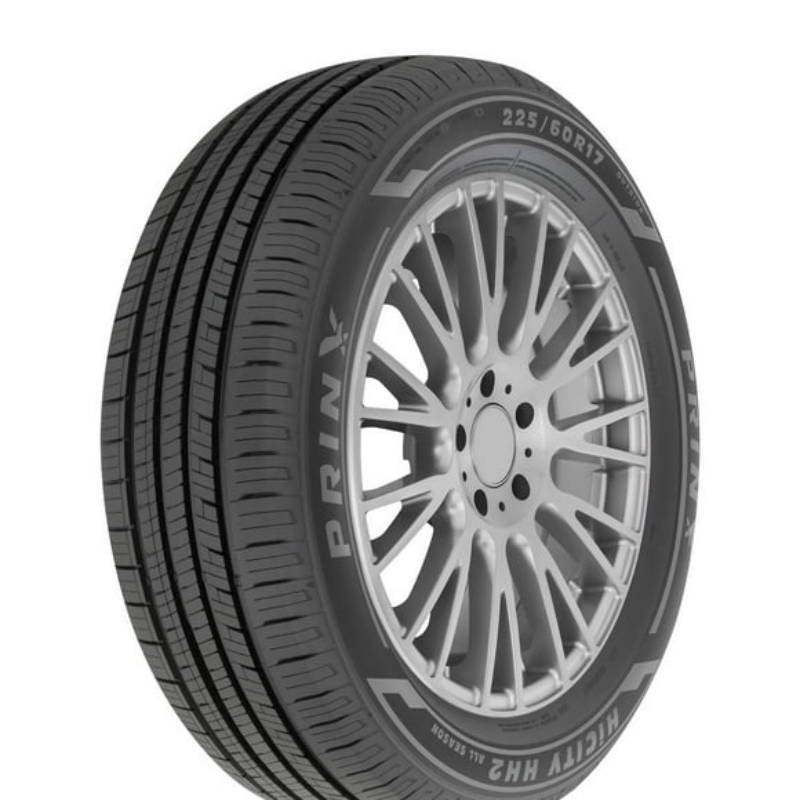
Conclusion
Understanding what does UTQG mean on tires is critical for making informed decisions about your vehicle’s safety and performance. By recognizing the significance of treadwear, traction, and temperature ratings, you can select tires that meet your unique driving needs. Furthermore, maintaining those tires ensures they operate effectively over time.
With the right tires in place, navigating diverse environments—be it urban streets or nature’s playground—will be safer and more enjoyable. Consider your driving habits, vehicle type, and environment while selecting tires. This thoughtful approach will lead you towards better choices and more satisfying rides.
In conclusion, the right set of tires not only ensures safety but also enhances your overall driving experience. By being informed about UTQG ratings and implementing regular tire maintenance, you set yourself up for success on every journey. Enjoy every mile you travel, whether in the city or while riding through scenic landscapes!
